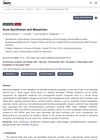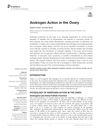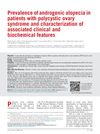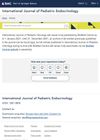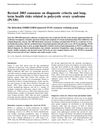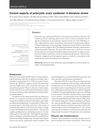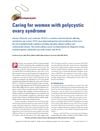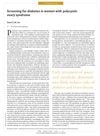Reconsidering PCOS Etiology, Diagnosis, Clinical Subgroups, and Subgroup-Specific Treatments
January 2024
in “
Endocrine and metabolic science
”
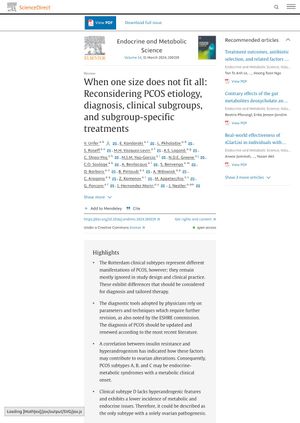
TLDR Different types of PCOS need specific diagnosis methods and treatments.
Polycystic Ovary Syndrome (PCOS) is a complex endocrine disorder affecting 10-13% of women of reproductive age, with four clinical subgroups (A, B, C, and D) identified. Subgroups A, B, and C are characterized by hyperandrogenism and metabolic irregularities such as insulin resistance, which affects around 75% of PCOS patients. Subgroup D lacks hyperandrogenic features and has a lower incidence of metabolic and endocrine issues, suggesting a solely ovarian pathogenesis. The document suggests that the current diagnostic criteria for PCOS should consider additional parameters such as insulin resistance and endometrial thickness. It also highlights the need for a more tailored therapeutic approach, especially for subgroup D, and calls for further research to refine diagnostic criteria and develop targeted treatments.

